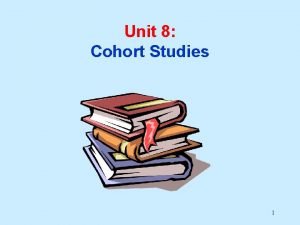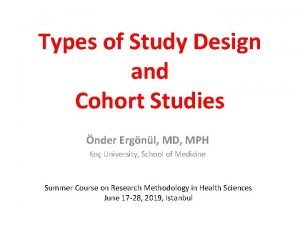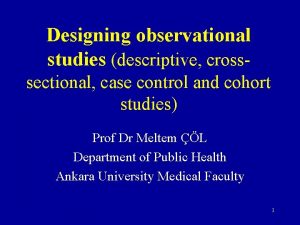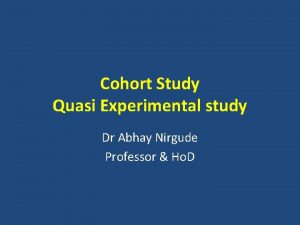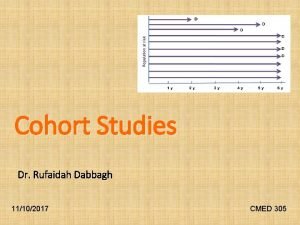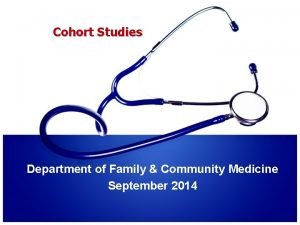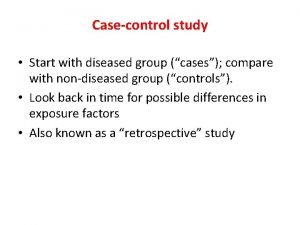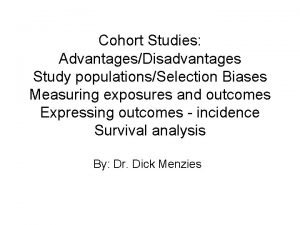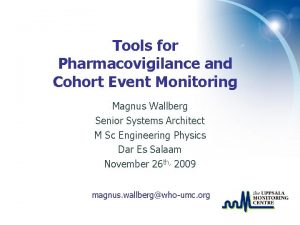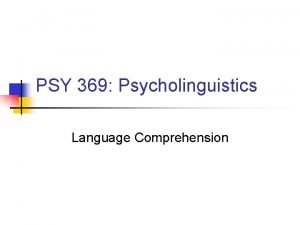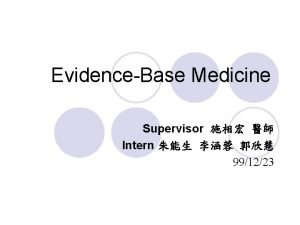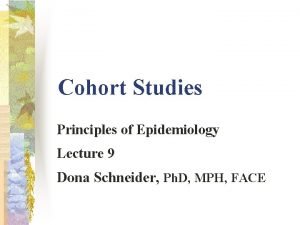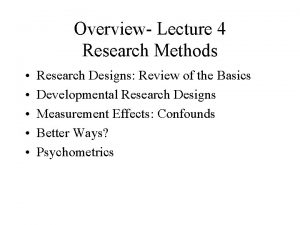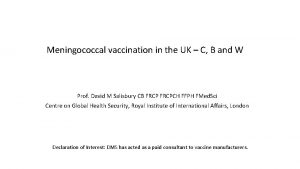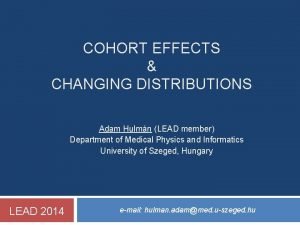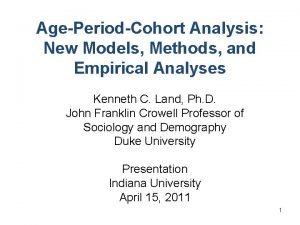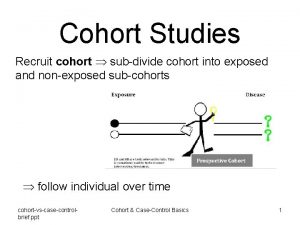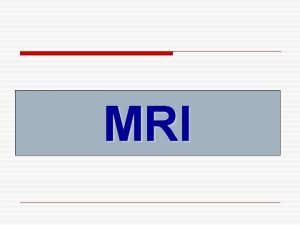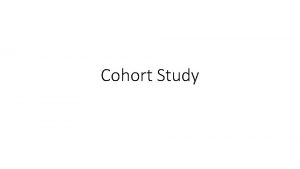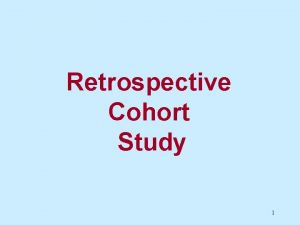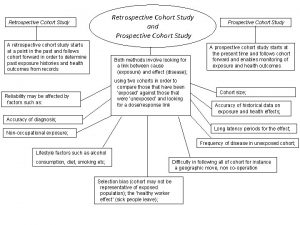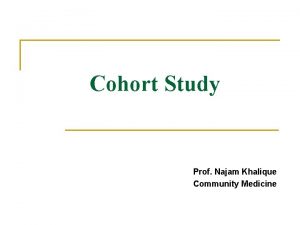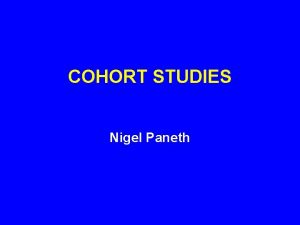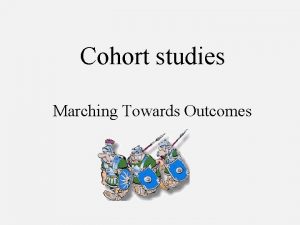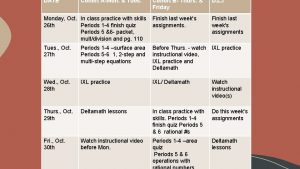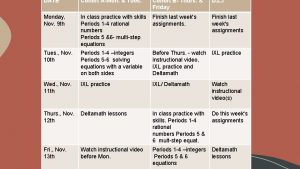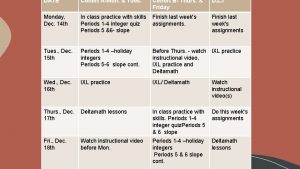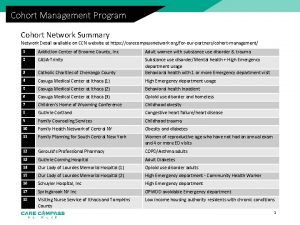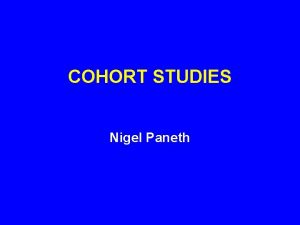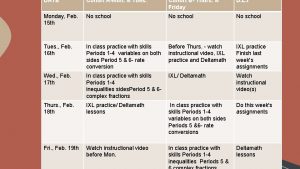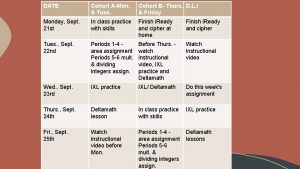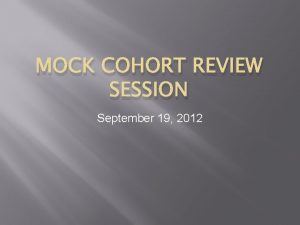An Early Report of an MRI Cohort Study
























- Slides: 24

An Early Report of an MRI Cohort Study of patients with Speech Disorders associated with Velopharyngeal Dysfunction Marie Pinkstone MA MRCSLT Lead Speech and Language Therapist North Thames Regional Cleft Service

Research Group • Ethical Approval awarded from Bart's and the Royal London Hospital NHS Trust Ref : 08/H 070/30 • R and D Department at GOSH : R and D 12 NS 03 • Lead Investigator : Professor Malcolm Birch • Ms Marie Pinkstone, Dr Debbie Sell • Mr Brian Sommerlad, Mr Loshan Kangesu, Mr Guy Thorburn, Mr Paul Morris • North Thames Regional Cleft Service, • Dr Marc Miguel, Dr Andrew Scott, Dr Marzena Arridge , Clinical Physics , Barts Health NHS Trust

Literature Review • Gold Standard Investigations ( Sell and Pereira , 2011 ) • Videofluoroscopy – multi view • Nasendoscopy • Present with recognized limitations • Uses ionising radiation

Literature Review • Increasing awareness of the benefits of MRI to evaluate speech disorders associated with VPD • MRI has the potential to view the morphology of the soft palate and associated musculature involved in VP closure eg the Levator Veli Palatini pre and post intervention • One major international research group utilizing MRI have published clinical studies of small numbers of cleft patients (Perry et al 2014) ( Kuehn et al, 2004) (Kuehn et al, 2001) • Limited normative data and no paediatric studies reported in the literature ( Perry et al , 2011) • No literature to describe how typical deviant consonant productions associated with the muscles of the velopharynx are made eg nature of nasal fricatives and non oral articulations

Literature Review • Research has focused on the development of data acquisition • Number of data acquisition models , • Perry et all ( 2010 ) vowel repetition • Bae et al (2011) focused on voiced fricative – low vowel repetitions • Birch et al ( 2014) morphology of the soft palate • Pinkstone et al ( 2014)

Anatomy

Adult MRI

Speech & Palate MRI: Issues § Best imaging technique for the management of patient with repaired cleft palate § Detailed Anatomy § Real-time imaging during Speech § MRI is slow: can you really do it?

AIMS • To develop an MRI acquisition protocol to assess velopharyngeal closure during speech and visualise the associated musculature on a standard clinical scanner

Study Design • Prospective cohort study • In collaboration with Bart's and the Royal London • MRI Suite - Clinical Scanner : 1. 5 T Phillips Archieva scanner • Study 1 Protocol development and refined on 20 healthy adult volunteers • Study 2 Protocol tested on clinical population of 10 subjects

Study 1 Results • Measurement of LVP morphology satisfactorily undertaken • Significant differences were found between male and female volunteers • LVP origin width • LVP length • LVP width • Results were consistent with other published data

Study 2 Subjects • Inclusion Criteria • All patients with VPD over the age of 7 years with no other significant pathology • Patients with suspected levator abnormality and or patients with complex VPD who have had previous unsuccessful surgery, all with a diagnosed (O)SMCP • Presented with the range of speech disorders associated with VPD • Exclusion criteria • All children under the age of 6. 11 years, with severe learning or physical difficulties, or significant ill health • All patients with contra-indications for MRI eg Cochlear Implant, dental implants/plates

Subjects • Recruitment and consent • From VPI clinics at GOSH and St Andrews • Research SLT contacted families 48 hours after they expressed an interest to join the study

Methods • Real time speech assessment ( fast gradient echo sequences 15 frames ) in views similar to videofluoroscopy and nasendoscopy • Imaging during extended phonation • Clinical Test Sentences

Speech Sample Speech tasks • Counting 1 -20 x 3 • List GOSPASS sentences • Tim putting a hat on • Daddy mended a door • I saw Sam sitting on a bus • The Zebra is at the zoo • Karen is making a cake • Gary has got a bag of lego

Procedure • • Positioned in MRI with adapted microphone Supine Headphones and audio link Sound recordings – fibre optic microphone and speech movies created off line

MRI Views Oblique Imaging Navigator Plane Mid-Sagittal Imaging Navigator Plane

MRI Views

Mid Sagittal View

Endoscopy View

Results • Protocol successfully applied to 10 patients • Anatomy of interest could be visualised from the proton density scanner • Data contributed to Subject diagnosis and management plan • Possible to carry out real time speech sequence examination led by Speech and Language Therapist • In 2 patients image quality was compromised – artifacts • Comparison of lateral x ray and MRI sagittal views undertaken • Consensus judgment using the NTRCS videofluoroscopy assessment tool

Discussion and Conclusions • We have developed a comprehensive MRI Protocol, including speech assessment protocol • Successfully applied to patients > 7 years of age • Further data acquisition and analysis continues to finalise transfer to clinical practice

Challenges • • • Age range for compliance Access to MRI and right scanner Is the speech sample sufficient ? Can we ensure the plane / angle is placed correctly? Do MRI studies replicate the Gold Standards investigations ? Do the findings from MRI replicate or enhance those from Nasendoscopy ?

Acknowledgments • Subjects and their families • Cleft Charity – Bridging the Gap • North Thames Regional Cleft Service • Dr Marc Miguel – Images
 Retrospective cohort study vs prospective cohort study
Retrospective cohort study vs prospective cohort study Case series
Case series Cohort study example
Cohort study example Retrospective cohort study
Retrospective cohort study Retrospective cohort study vs case control
Retrospective cohort study vs case control Retrospective cohort study vs case control
Retrospective cohort study vs case control Retrospective cohort study
Retrospective cohort study Cohort study community medicine
Cohort study community medicine Difference between case control and cohort study
Difference between case control and cohort study Case control study example
Case control study example Biases in cohort studies
Biases in cohort studies Cohort study meaning
Cohort study meaning Early cpr and early defibrillation can: *
Early cpr and early defibrillation can: * Magnus
Magnus Language comprehension in psycholinguistics
Language comprehension in psycholinguistics Retrospective cohort vs case series
Retrospective cohort vs case series Types of cohort studies
Types of cohort studies Cohort model
Cohort model Cohort analysis lean startup
Cohort analysis lean startup Luxury consumer demographics
Luxury consumer demographics Sequential research design
Sequential research design Cohort model
Cohort model Picme2.0
Picme2.0 Cohort effects definition
Cohort effects definition Cohort effects definition
Cohort effects definition


